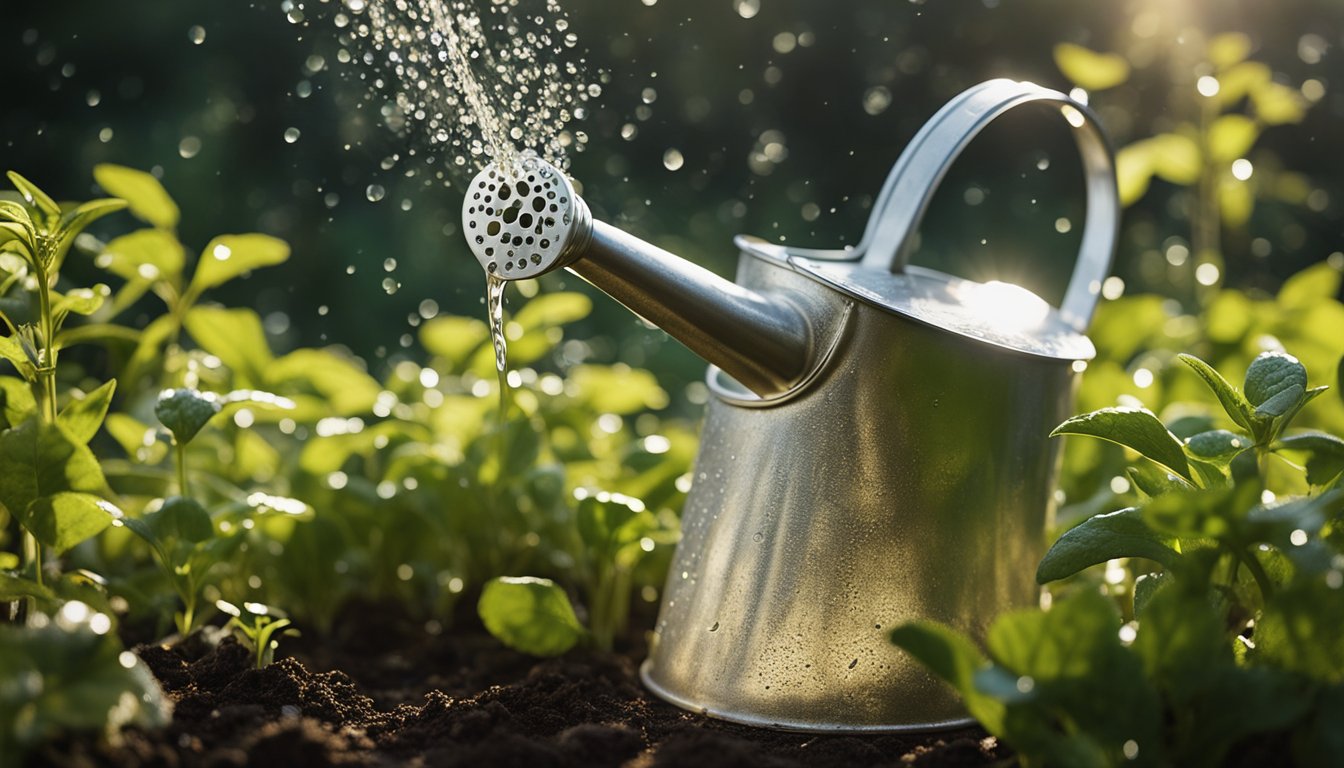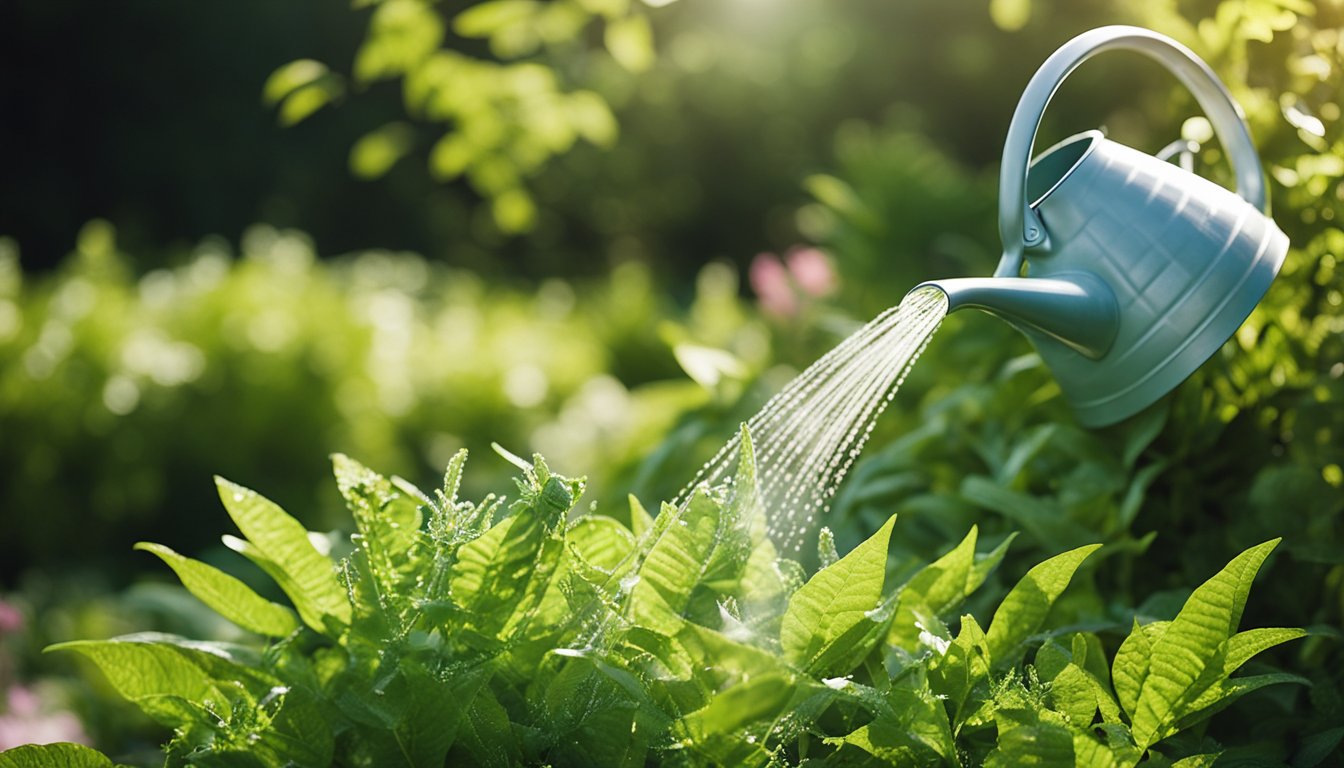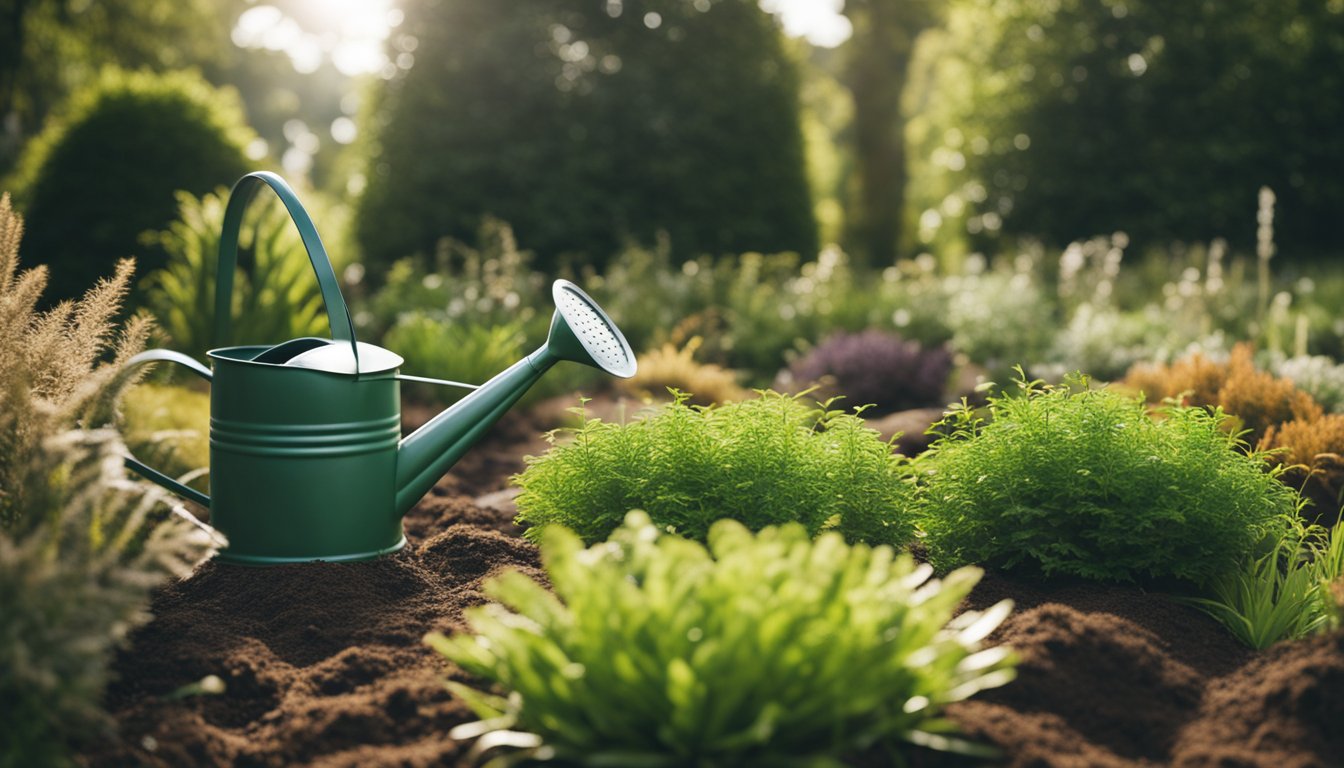Late updated: 15 Aug 2024 08:08
Written by: Emily Thornton
Effective UK Native Plant Watering Techniques: Best Practices for Healthy Gardens
Gardening with native UK plants can be a rewarding experience, especially when we understand how to water them effectively. These plants are naturally better adapted to local conditions, meaning they thrive with the right care. Knowing the best watering techniques can reduce maintenance and boost plant health, ensuring our garden flourishes.

Watering may seem simple, but the timing and method used can significantly impact our plants. Early mornings or late evenings are optimal times to water, as this allows plants to absorb moisture before the sun's heat intensifies. Using the correct equipment and targeting the base of the plants can minimise water wastage and focus hydration where it's needed most.
By mastering these techniques, we ensure our UK native plants not only survive but also thrive. Proper watering practices can decrease the chance of disease and reduce the frequency of watering needed, making our gardening efforts more efficient and successful.
Key Takeaways
- Effective watering techniques boost plant health and reduce maintenance.
- Water early morning or evening and focus on the plant base.
- Using the right equipment minimises water waste.
Understanding Soil and Water Dynamics
Effective watering techniques depend significantly on the type of soil and the role of mulch in conserving moisture. Let's explore these concepts to enhance our understanding.
Soil Types and Watering Approaches
Different soil types have distinct watering needs. For instance, clay soil is dense and has high water retention, which means it holds water longer but drains slowly. This can lead to waterlogging if not managed properly. It’s crucial to water clay soils less frequently but more thoroughly to ensure water penetrates deeply.
Sandy soil, on the other hand, drains quickly and has low water retention. It's important to water sandy soils more often but with smaller amounts of water to prevent any wastage through runoff.
The soil's pH and organic matter content also play a role in its water retention capacity. Adding compost can improve water retention in sandy soils and enhance drainage in clay soils by introducing more organic material. Monitoring soil moisture is essential to tailor watering schedules to specific soil needs.
Role of Mulch in Moisture Conservation
Mulching is a vital technique for conserving soil moisture, reducing evaporation, and regulating soil temperature. Mulch acts as a protective layer that limits water loss from the soil surface, making it particularly beneficial during dry spells.
Organic mulches like compost, straw, and wood chips break down over time, adding valuable organic matter to the soil and improving its overall structure and water retention capabilities. In comparison, inorganic mulches such as gravel or landscape fabric manage moisture without contributing to soil fertility.
Mulch also helps in weed suppression, reducing competition for water among plants. Ideally, a 2-3 inch layer of mulch should be maintained around plants to optimise moisture conservation and soil health.
Using the right soil and mulching techniques can significantly impact how effectively we manage water in our gardens.
Optimising Watering Methods for Plant Health

Effective watering is crucial for maintaining the health and vitality of UK native plants. Key strategies involve precision in irrigation and careful monitoring to prevent overwatering and disease.
Effective Irrigation Strategies
Using the right irrigation techniques ensures optimal water delivery to the root zone. Drip irrigation systems and soaker hoses are excellent for providing consistent moisture directly to the roots, reducing water wastage due to evaporation.
Watering early in the morning or during the cool of the evening helps minimise evaporation and ensures deeper soil absorption. For areas without automatic systems, watering cans and hoses with a low-flow setting can be effective tools for manual watering.
Drought-tolerant plants may benefit from less frequent but deeper watering. Regular checks with a moisture meter can guide us to avoid too much or too little water.
Preventing Overwatering and Disease
Overwatering can lead to root rot and fungal diseases such as powdery mildew. It's essential to monitor soil moisture regularly using a moisture meter to ensure we only water when necessary. Placing plants with similar water needs together can streamline this process.
An automatic watering system with a set watering schedule reduces the risk of overwatering, especially during rainy periods. Ensure good drainage and avoid waterlogging around the root system to promote healthy plant growth.
Keeping a close eye on soil and plant health helps us detect early signs of overwatering, allowing for quick adjustments to prevent disease.
Frequently Asked Questions

Effective watering is essential for maintaining healthy UK native plants. Our answers cover optimal watering frequency, efficient irrigation methods, and managing plant hydration both indoors and outdoors.
What is the optimal frequency for watering garden plants during hot weather?
During hot weather, garden plants require more frequent watering, typically every day or every other day. The soil should be kept consistently moist but not waterlogged. Early morning is the best time to water, reducing evaporation and allowing plants to absorb moisture before midday heat.
Which method of irrigation proves most efficient for landscape plants in the UK?
Drip irrigation is the most efficient method for landscape plants. It delivers water directly to the plant roots, minimising evaporation and runoff. This method not only conserves water but also ensures plants receive a steady supply of moisture, promoting healthier growth.
How should one manage the watering of indoor plants?
Indoor plants should be watered according to their individual needs. Check the soil moisture before watering by inserting your finger about an inch deep. If the soil feels dry, it's time to water. Use room temperature water and ensure the pot has good drainage to prevent root rot.
What steps can be taken to ensure outdoor plants are watered while away for an extended period?
To keep outdoor plants hydrated during extended absences, we can set up an automatic drip irrigation system with a timer. Another option is using water-absorbing granules in the soil. Mulching around plants also helps retain moisture. Asking a neighbour to water them occasionally can be a lifesaver.
What techniques should be used for watering seedlings to promote healthy growth?
Seedlings require gentle and consistent watering. Use a spray bottle or a watering can with a fine rose to avoid dislodging delicate roots. Keep the soil evenly moist, but not saturated, ensuring it never dries out completely.
How can one set up an automated system for plant watering to ensure consistent moisture?
Setting up an automated watering system involves installing a timer-controlled drip irrigation setup. Timers can be programmed to water at specific intervals, ensuring plants receive consistent moisture. We should choose drip emitters suitable for the plants' needs, and regularly check the system for any clogs or leaks to maintain efficiency.
